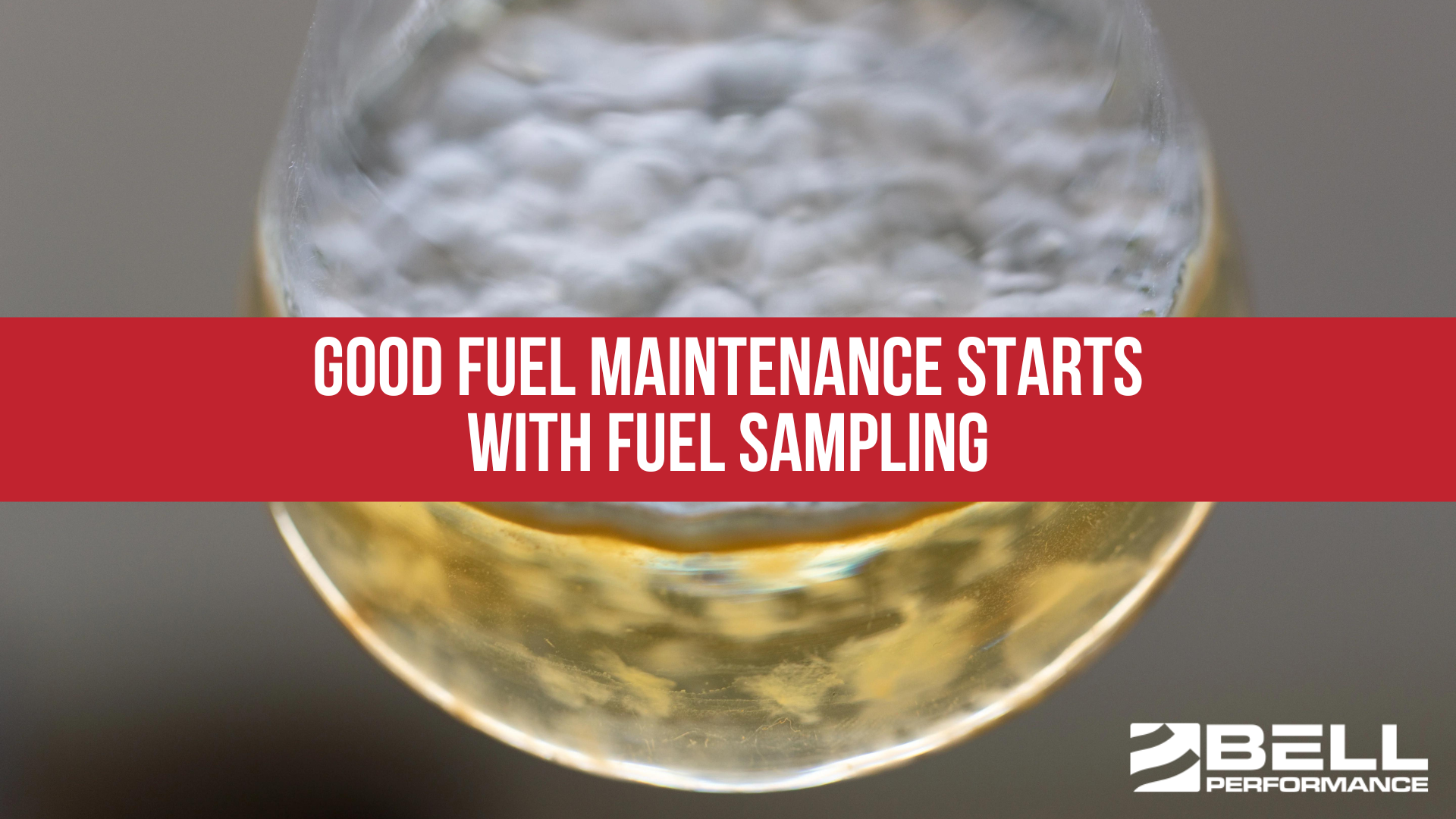Good Fuel Maintenance Starts With Fuel Sampling
Imagine a scenario where a hospital faces a power outage but finds its backup generators faltering due to poor fuel quality. Such a situation...

Fuel storage and maintenance is a topic of great significance, especially for industries relying heavily on fuel-based operations. A recent episode of the "Fuel Pulse Show Podcast," hosted by Eric Bjornstad, delved deep into the complexities of sampling stored fuel, providing valuable insights. This blog post will summarize the key points discussed in the episode.
![]() Fuel sampling is more than just taking a random portion of fuel from your tank. The purpose of fuel sampling is to ensure that the fuel remains in optimum condition, free from contaminants like water, sediment, and microbial growth. The location of sampling plays a crucial role in determining the quality of the fuel.
Fuel sampling is more than just taking a random portion of fuel from your tank. The purpose of fuel sampling is to ensure that the fuel remains in optimum condition, free from contaminants like water, sediment, and microbial growth. The location of sampling plays a crucial role in determining the quality of the fuel.
Bjornstad highlights that regularly checking the condition of stored fuel is essential. By taking samples, you can evaluate the fuel's state, which helps make informed decisions. Without a proper sample, you might overlook potential issues like sediment build-up or microbial contamination.
1. Top of the Tank: Sampling from the top gives a picture of the cleanest fuel. This fuel is usually free from sediment, water, and microbes, making it ideal for tests not influenced by these contaminants. However, it may not be representative of the overall fuel condition in the tank.
2. Middle of the Tank: Fuel from the middle is similar in quality to the top. It's mostly clean and might not offer much information regarding contaminants. If you’re looking for a comprehensive view of your fuel's health, this might not be the best place.
3. Bottom Middle (18 inches from the bottom): This location is typically referred to as the bottom middle. It is a recommended spot to capture an overall picture of the fuel quality. Bjornstad suggests this area for water and sediment tests, stability testing, and combustion tests.
4. Three Inches from the Bottom: This is the hotspot for microbial activity. Microbes thrive at the interface between fuel and water. Sampling here is ideal for detecting microbial contamination but might provide skewed results for water and sediment content due to its proximity to the tank's base.
Using a fuel sampler or a "bacon bomb" is the most effective way to get samples from different tank depths. This tool allows you to collect liquid samples from specified tank depths, ensuring accuracy.
Here are some tips shared in the podcast:
Always Clean the Sampler: If you're sampling multiple depths, start from the top and work your way down. Clean the sampler between samples to avoid cross-contamination.
Follow Proper Protocols: Using clean sample containers and immediately sealing them post-sampling can ensure sample integrity. For microbial tests, refrigerate samples to slow down microbial changes and test them as soon as possible.
Understand Your Testing Goal: Different tests require samples from different locations. For instance, if checking for microbial growth, a sample close to the bottom is best. However, for general fuel health, an 18-inch deep sample would be more appropriate.
Knowing where and how to sample your stored fuel can make a massive difference in the quality and reliability of your fuel. Remember, the goal is to ensure the longevity and performance of your stored fuel, and effective sampling is a step in the right direction.
Don't forget to tune into the "Fuel Pulse Show Podcast" for more insights on fuel maintenance and other related topics. Your stored fuel's health and efficiency are worth the attention!

Imagine a scenario where a hospital faces a power outage but finds its backup generators faltering due to poor fuel quality. Such a situation...
In its report released in 2016, the EPA reminded us that there are over 100,000 diesel fuel storage tanks across the country. That’s a lot of tanks...
When it comes to the dual goals of maintaining fuel quality and preventing costly equipment failures that might be fuel-related, proper fuel sampling...